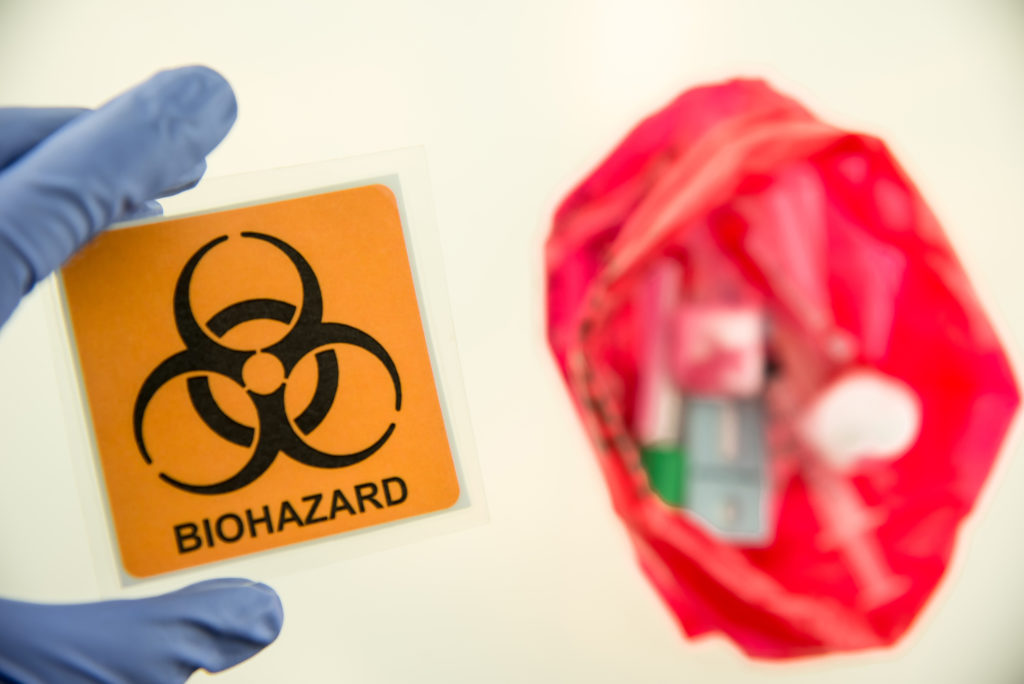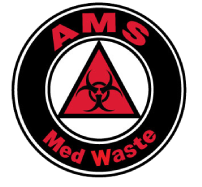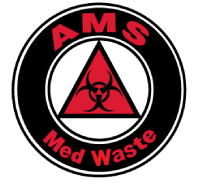Using Red Bags: The Do’s And Don’ts
Among the common types of medical waste containers are red bags, which are of course made to contain medical waste and other biohazardous waste. They’re used by any medical practice that would be producing medical waste. From hospitals, clinics, dentists, and veterinarians, the need for red bags is universal. But how do you use them properly, and what should you never put in them?
The Do’s
Let’s start off with the do’s of using the red bags. As we know, they are meant to contain bio-hazardous materials. This simply means that it is contaminated with bodily fluids like blood, saliva, urine, etc. It also pertains to any kind of bodily part that may have been removed during an operation of some kind. Potentially viral infectious material also poses a threat and should be sealed in a red bag. Other potentially hazardous material (OPIM) is also included, if it’s organic and comes from the body, good chance it belongs in a red bag.
Now that we’ve established some ideas as to what should be going into your red bags, let’s look at some simple guidelines in the actual use of the red bags.
- The only thing that should be placed in red bags is biohazardous waste for disposal
- Place used specimen swabs, glucose test stripes, blood soaked drapes and gloves, and anything else contaminated with OPIM in the bag
- Check the integrity of the bag before using it and before lining a waste bin with it
- Keep sharps closed, sealed, or otherwise contained before placing in the bag to avoid punctures or slicing the bag open
- Separate human waste from the others and clearly label it before placing it in the bag
- Before attempting to move or handle the red bag, ensure you have closed and sealed it properly
- This whole process should be completed wearing your personal protective equipment: gloves, apron, face mask, eye protection, etc
There we have the do’s set up, but as mentioned before, there are some don’ts with red bags.
The Don’ts
While these bags are very versatile in what they do, they are meant for specific materials. Anything beyond the scope of what they are made for can lead to severe health risks. So now look at some don’ts in regards to red bag use.
- Chemicals, oils, solvents alcohol, other corrosives
- Radioactive waste: how anyone would even think to do this is beyond us, but just in case you think a red bag is right for your leftover plutonium, let us be clear on something. Just don’t
- Lead or any materials that may contain lead
- Pharmaceutical waste. It is a different form of waste and has its own considerations
- Hazardous material like heavy metal, batteries, etc
- Cadavers, fetal remains, and other human remains
- Pressurized containers like aerosol cans, even if they are empty now
- Chemotherapy waste
- Any device containing mercury
- Uncontaminated solid waste
- Empty intravenous bags, tubing, unless you know it’s got blood in it
Remember that these bags are ONLY for biohazardous medical waste, do not try to use them for something else. Obtaining red bags is easily done by contacting the right people, like us for example.
Be safe and responsible with medical waste.





